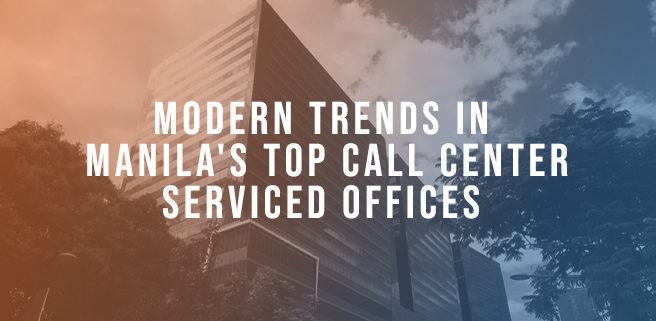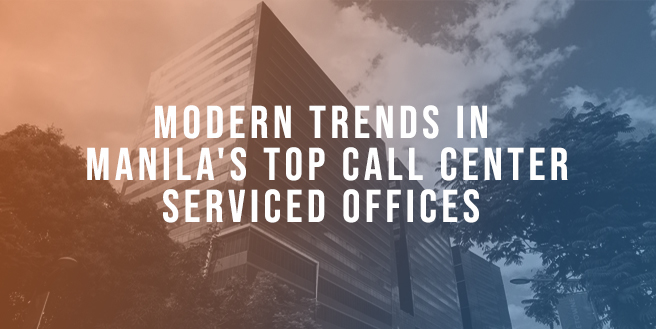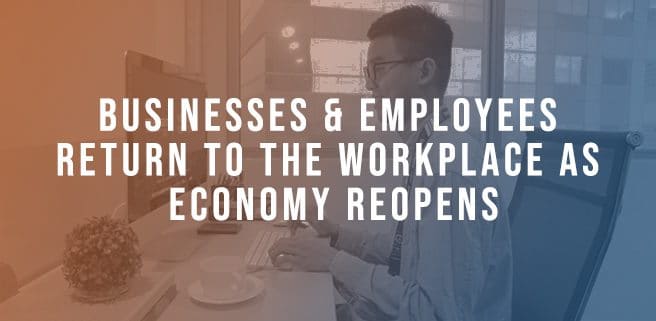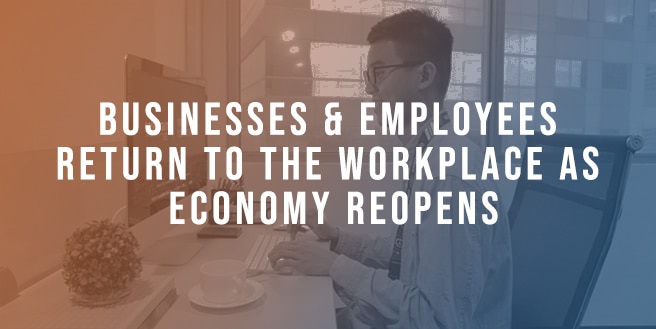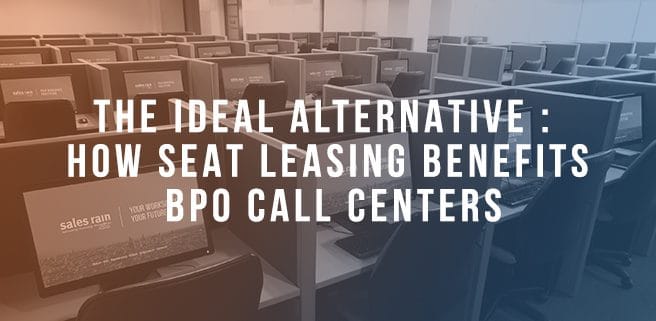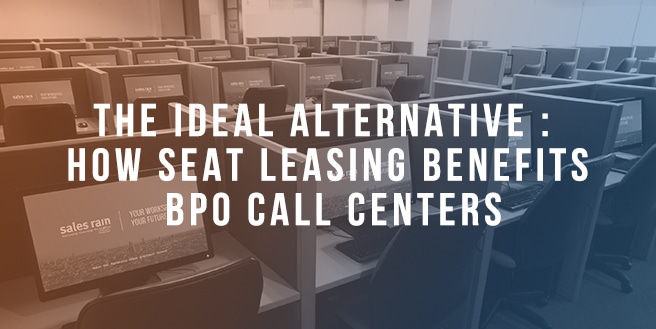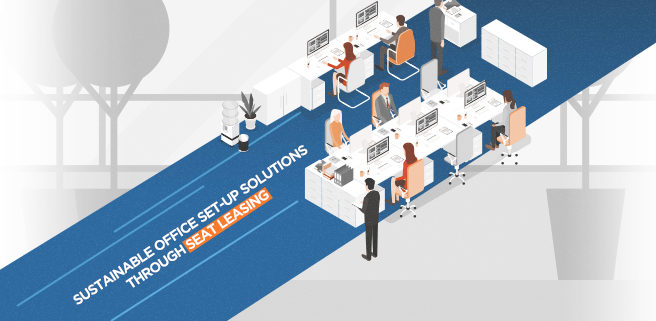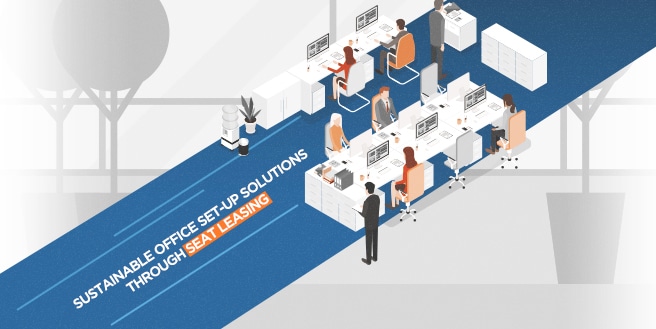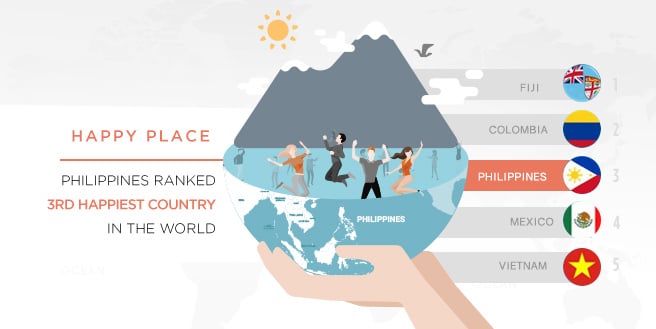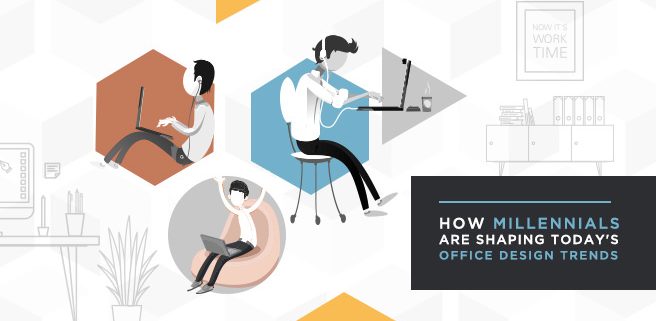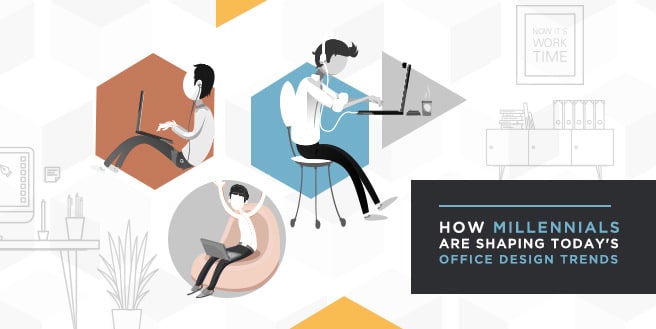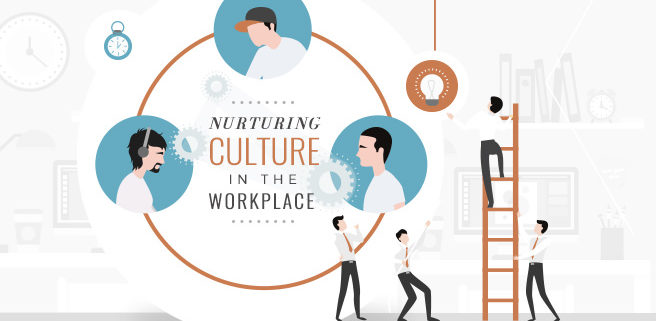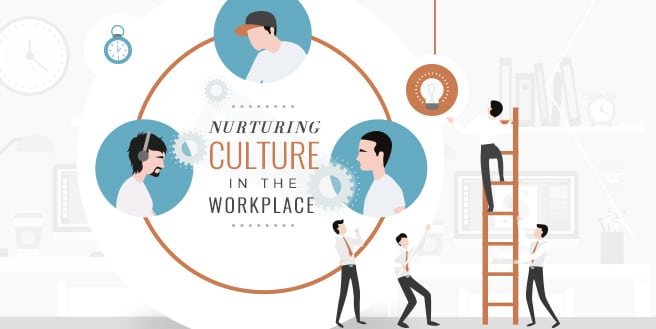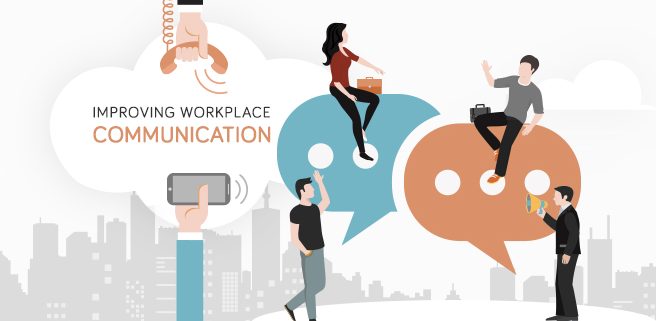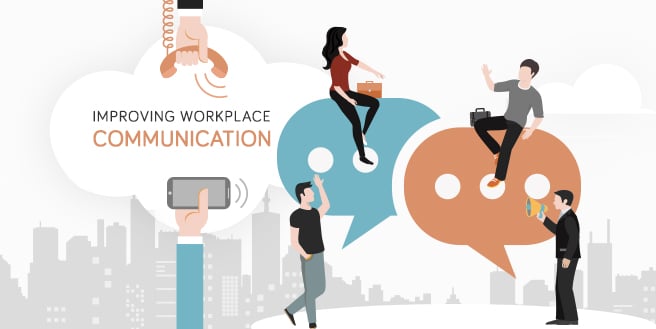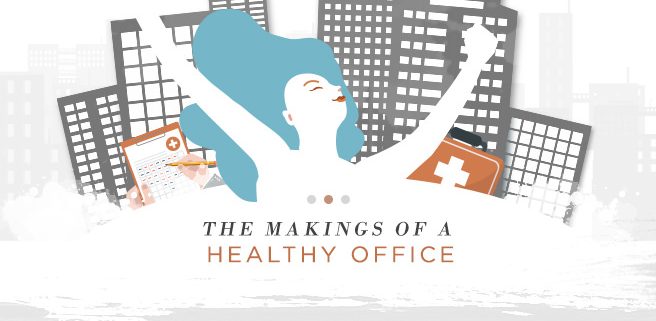Overcoming Small Business Hurdles as an Entrepreneur
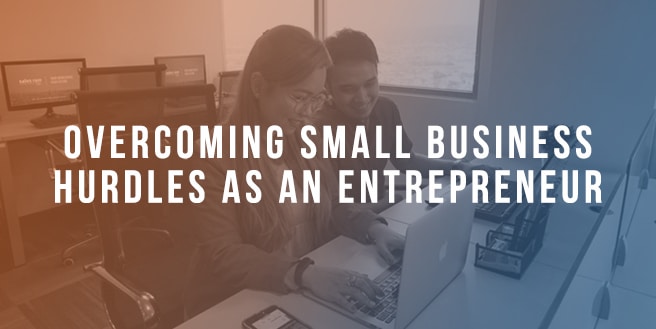
Overcoming Small Business Hurdles as an Entrepreneur
Making the big jump from a regular employee to a my-own-boss small business owner is gratifying. You’ve finally overpowered your biggest fear of taking risks, you’ve freed yourself of the usual 9-to-5 work hour, and you’re finally making your dreams come true, slowly but surely.
But another thing we need to remember about being an entrepreneur is that it is as fulfilling as challenging. With the prediction that within five years, half of all businesses will fail, and only thirty percent of them will make it for ten years, many small business owners like yourself face three challenges or business hurdles common among several startups of different niches and industries: funding, knowledge, and fear of failure.
Funding
Funding and managing one’s finances is – and will always be – a newbie’s number one challenge from the day they decided to walk away from their desk job. Whether you started the business as a means of gaining financial independence, wanting to be your own boss, or realizing your dream of turning your passion into a full-time career, all startups need good funding and financing for it to be established and to maintain sustainable growth, regardless of its nature.
A quarter of a thousand young entrepreneurs admit that money remains one of their biggest challenges, and most of the time, these new business owners turn to their family or friends for help. Luckily, there are now other alternatives aside from asking for the hand of those close to us. Crowdfunding has become a powerful tool for startups, and specific local governments have started offering grants for micro-entrepreneurs who qualify for their requirements. If you think your startup could use a little help to stabilize your operations further and overcome small business hurdles, you can get in touch with your municipal government for any grants. Moreover, in terms of financing, there are also several ways you can ensure that your limited resource is being put into sound investments. For example, instead of spending a lot on a new office, you have the option to settle for a serviced office depending on what you think your business needs. If you simply want to give your startup a proper business address, you can also try virtual offices, and should you believe that it’s time to give your brainchild a space of your own, you can lease a small private office.
Knowledge
Know-how comes as the second most common hurdle that young entrepreneurs face. Admittedly, most SMEs today are led by people following their passions, not by those with business expertise. And because of this, owners – and yourself included – can’t help but feel insecure that they don’t exactly have what it takes to ensure the success of their own business.
But with the growing number of professionals carving their own career paths, it’s now easier for your kind to share knowledge and stories among one another. Serviced offices, like Sales Rain, cultivate creative and supportive communities of freelancers and young entrepreneurs, wherein they are free to mentor and support one another as they go through the different business hurdles of independent working.
Fear of Failure
Lastly, and perhaps a challenge that every one of us goes through each day, is the fear of failure. With the growing high cost of living and increasing pressure amongst millennials to have successful careers, the stakes became higher, leaving small business owners more afraid of making mistakes than before. But as you go through the journey of maintaining your startup, you’ll soon realize that failure poses an opportunity for improvement. Not just for your business, but your personal skills as well. Having a community or peer group like the one we mentioned above helps you see the silver lining of challenging times.
Today’s work landscape has opened further for those who want to pave their own roads towards a fulfilling career. By continuously expanding your network and finding new solutions to the hurdles you face, you’ll earn a new tool every day in your journey.
Talk to Sales Rain today, and we’ll help you find new ways to overcome all these business hurdles!


